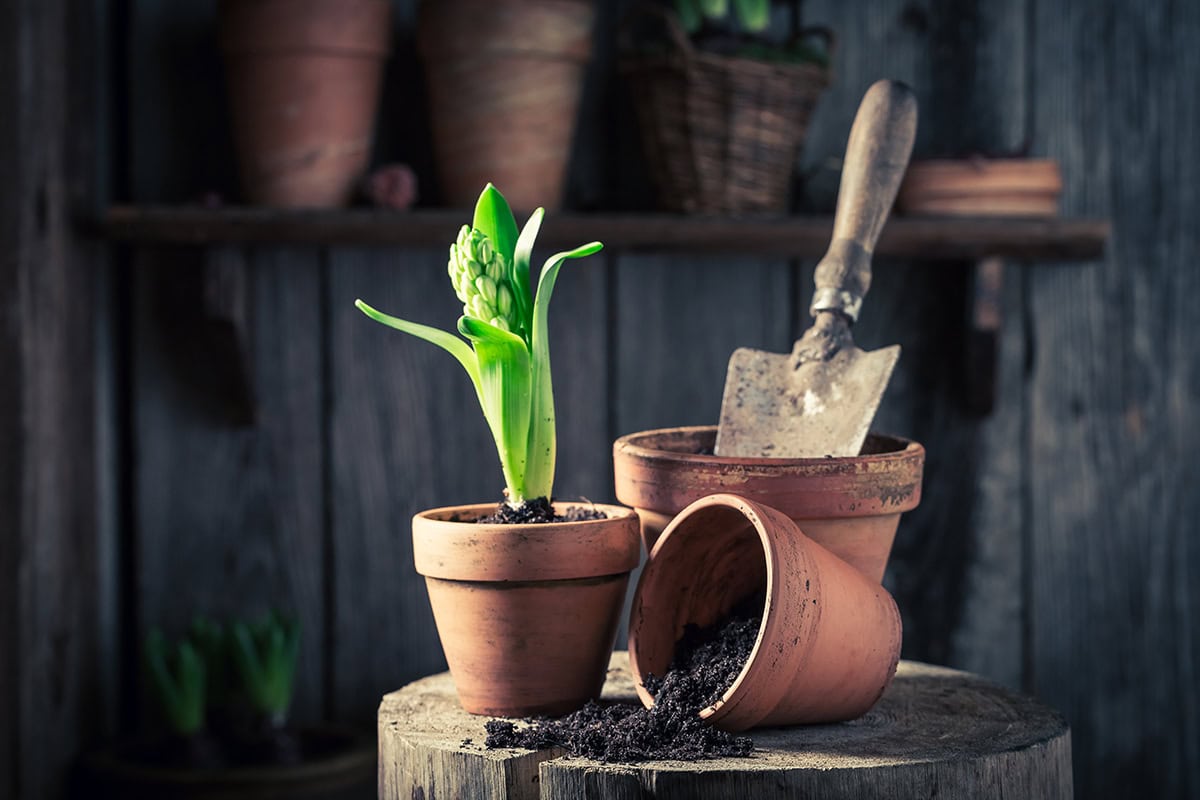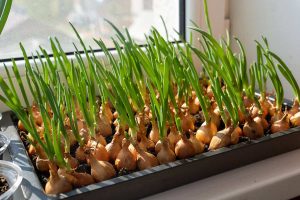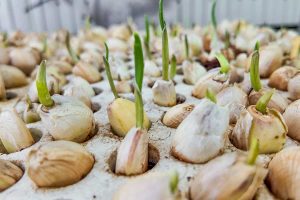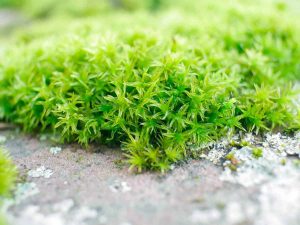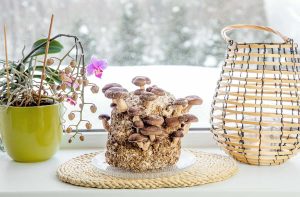Repotting seems simple, right? Pot, soil, water, done. But there are a few easy-to-overlook mistakes that can seriously stress your plants—and this guide breaks down the 8 most common ones to help you avoid them.
Table of Contents
Choosing The Wrong Pot Size

Selecting the right pot size is crucial. Choosing a pot that is too large for your plant can lead to overwatering issues. Excess soil retains more moisture than the plant can absorb, causing root rot.
A pot that is too small restricts root growth. This leads to root-bound conditions where roots circle the pot and suffocate one another, stunting plant growth. It’s important to leave some room for growth without overdoing it.
Repotting into a pot only slightly larger than the current one is recommended. Aim for a diameter increase of about one to two inches. This provides enough space for roots to expand while maintaining good soil moisture control.
Drainage holes are essential. Ensure the chosen pot allows excess water to escape easily. Without proper drainage, you risk the roots sitting in water, leading to rot.
When selecting pots for multiple plants, consider spacing. Too large of a collective space can spread resources too thin. This results in slow, unhealthy growth.
Keep in mind that different plants may require different pot sizes. Larger plants need more substantial pots to accommodate their root systems, whereas smaller plants thrive in compact containers. Adjust your pot size according to each plant’s specific needs.
Pay attention to your plants. Symptoms like yellowing leaves or stunted growth can indicate pot-related issues. Assess your plant’s condition regularly and repot when necessary to accommodate their growing needs.
Using Poor-Quality Or Inappropriate Soil
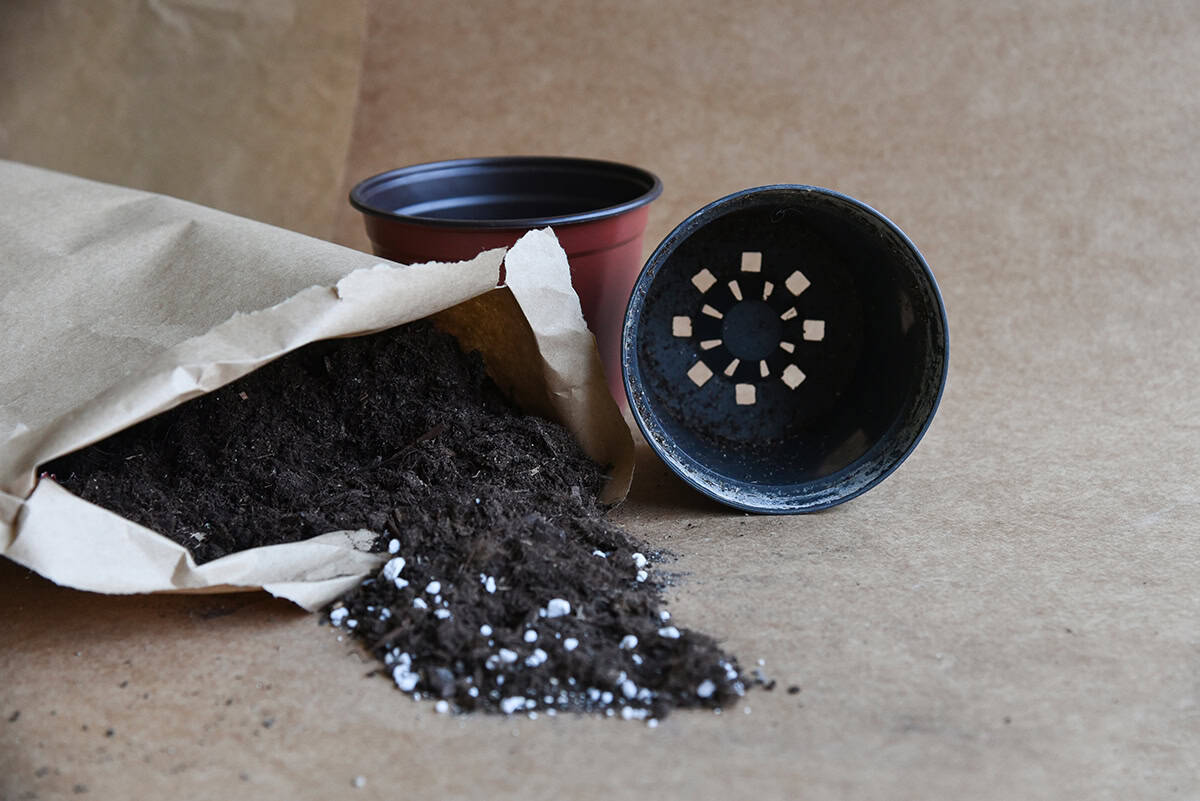
Quality soil is crucial for healthy plant growth. Poor-quality soil lacks the nutrients essential for plants. As a result, plants may struggle. They might show signs like yellowing leaves or stunted growth. It’s important to choose soil that supports root development and offers good drainage.
Using inappropriate soil can lead to water retention issues. For example, using heavy clay in a pot meant for succulents can cause root rot. Each plant type has specific soil requirements. Gardenias, for instance, prefer acidic soil, while many succulents like sandy mixes. Matching soil type with the plant’s needs is key.
Sterilizing soil is also important. Unsterilized soil can contain pests and pathogens. These can harm your plants. Consider using commercial soil blends, as these are often sterilized. Making your own mix? Ensure materials are pathogen-free to protect plant health.
When repotting, the weight of the soil is another aspect to consider. Heavy soils can compress roots, hindering growth. Lighter, more porous mixes promote air circulation. This is vital for root respiration. For potted plants, opt for light yet nutrient-rich soil. This balance ensures optimal plant growth.
Fertilization is another factor. Poor-quality soil may not provide essential nutrients. Regularly supplementing with appropriate fertilizers can help. Look for slow-release options to maintain consistent nutrition. Adjust as needed based on plant response.
In summary, using appropriate, high-quality soil is critical for successful repotting. Match the soil to the specific needs of each plant. This ensures that your plants remain healthy and vibrant. Avoid common mistakes by evaluating and choosing your soil carefully.
Not Loosening The Root Ball
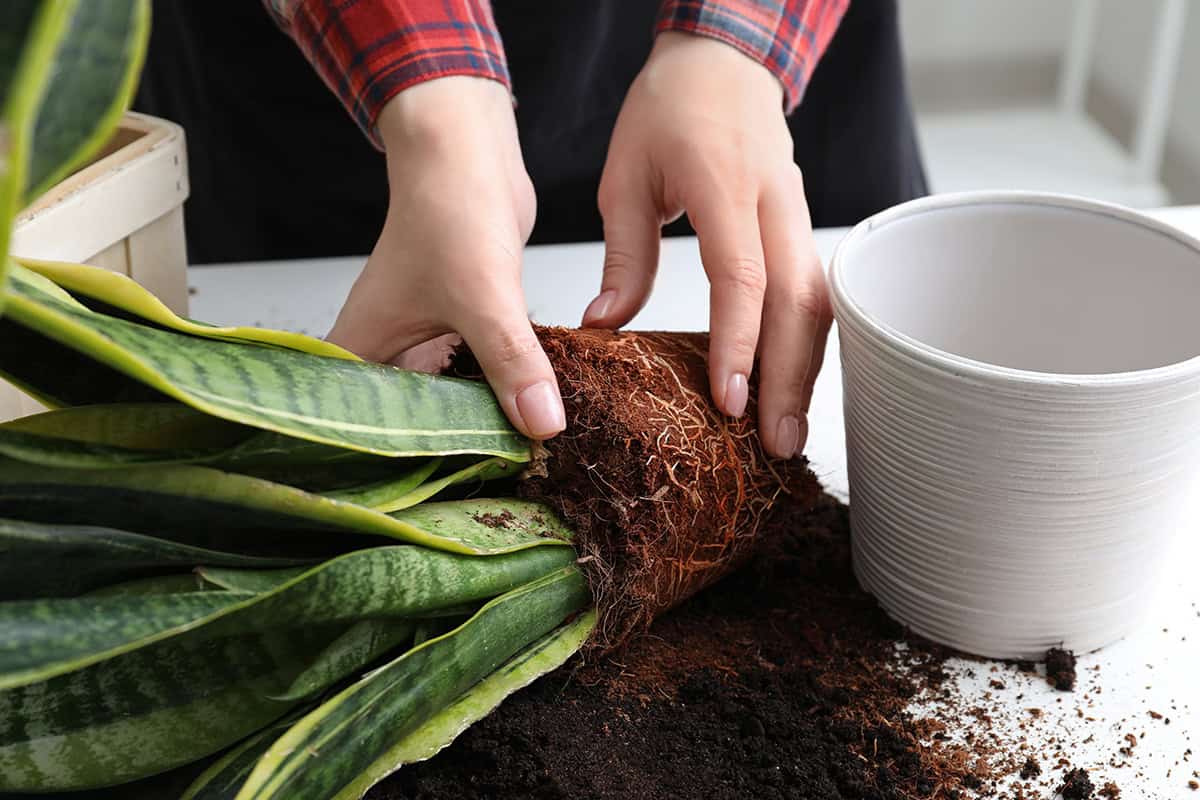
One frequent mistake is not loosening the root ball when repotting plants. Many plants develop tightly bound roots within their containers. These compact roots can prevent proper nutrient and water absorption.
If left unchanged, a tight root ball results in poor plant growth. The roots struggle to extend into new soil. This can stress the plant and affect its overall health.
Before transferring to a new pot, gently loosen the roots. Separate any that are wrapped around the root ball. This helps them spread out and grow into the surrounding soil.
Without proper loosening, roots might remain confined. This confinement impedes their ability to access nutrients. Taking a few moments to loosen the root system can greatly benefit plant health.
Handle the plant carefully when teasing the roots. You want to avoid causing unnecessary damage. Ensure the final pot has enough room for root expansion.
By addressing the root ball’s condition, you set the plant up for success. It forms stronger connections with its new environment, enhancing growth and resilience.
Overwatering Right After Repotting

Overwatering right after repotting can damage your plant. Newly potted plants are especially sensitive to excess moisture. Their roots are often stressed and may struggle to adjust, making them more vulnerable to root rot.
You should allow the soil to become slightly dry. This gives roots time to heal and anchor in their new environment. Even drought-tolerant plants, such as succulents, may suffer if overwatered during this delicate phase.
The type of soil used during repotting affects water retention. Using a well-draining mix is important. Regular potting soil retains too much water, increasing the risk of overwatering. Incorporate materials like perlite or coarse sand to improve drainage.
Watch for signs of overwatering, such as wilting leaves or a moldy pot surface. Excess water creates an optimal environment for fungus and other pathogens. Correct watering can promote a healthier transition for your plants.
Repotting can be stressful for plants. Reducing unnecessary water can support growth. Exercise caution and be observant of your plant’s needs post-repotting.
Forgetting To Water After Repotting
After repotting your plants, watering is crucial. New soil around the roots can be dry. It absorbs the water before reaching your plant. Hydrating the soil helps settle it and remove air pockets.
Skipping this step can stress your plant. The roots struggle to access moisture. This leads to withering and poor health. Regular, gentle watering supports recovery by ensuring roots have the necessary nutrients.
Keep an eye on the soil moisture level. Check it regularly by touching the top layer with your fingers. If it feels dry, it’s time to water the plant again. Don’t drown the plant; overwatering can be just as harmful.
If your plant prefers well-drained soil, use pots with drainage holes. Excess water should escape easily. Place a saucer under the pot to prevent messes and keep surfaces dry. Water slowly and evenly, and allow it to soak in without overwhelming the plant.
Appropriate watering after repotting helps plants adjust to their new environment. They become healthier and more resilient. Adapting this practice boosts your plant care routine, leading to more vibrant, thriving houseplants.
Repotting At The Wrong Time Of Year

Choosing an incorrect time to repot your plants can lead to problems. Plants have growth cycles tied to seasons. Repotting at an inopportune time can stress your plants and hinder their growth.
The best time for repotting most plants is during their active growth phase. This is usually in spring or early summer. Avoid repotting during periods of dormancy or intense heat.
Repotting orchids, for instance, should ideally occur between February and June. Doing this helps ensure successful flowering in the coming season. Missing this window might delay or impact blooming.
Container-grown plants can be repotted throughout much of the year, but exercise caution. During late May to early August, repotting can be risky due to peak growth demands.
Incorrect timing may also disrupt the plant’s energy cycle. Plants rely on efficient leaf and root development. Repotting at the wrong time may reduce these essential resources.
Check the specific requirements for your plant species. Some plants might have unique seasonal needs for repotting. Adapting to these needs helps maintain their health.
Skipping Drainage Holes
Neglecting drainage holes is a common repotting mistake. Plants need a way to drain excess water. Without holes, water accumulates at the bottom. It leads to root rot and other issues.
Your container should have at least one drainage hole. This prevents stagnant water and promotes healthy roots. It ensures excess water escapes the pot.
You can enhance drainage using a small piece of broken pot. Place it over the container’s hole. It keeps the potting medium from blocking the hole. It’s a simple but effective method.
Always check the container before repotting. Ensure it is no more than 2 inches larger in diameter than the original. This prevents the soil from staying too wet.
Avoid placing gravel or rocks at the bottom of pots. Contrary to popular belief, it can hinder drainage. Water may not pass through the potting mix effectively.
Opting for a container without drainage holes may seem convenient or aesthetically pleasing. It poses significant risks to plant health though. Prioritize your plant’s needs to ensure they thrive.
Disturbing The Roots Too Much
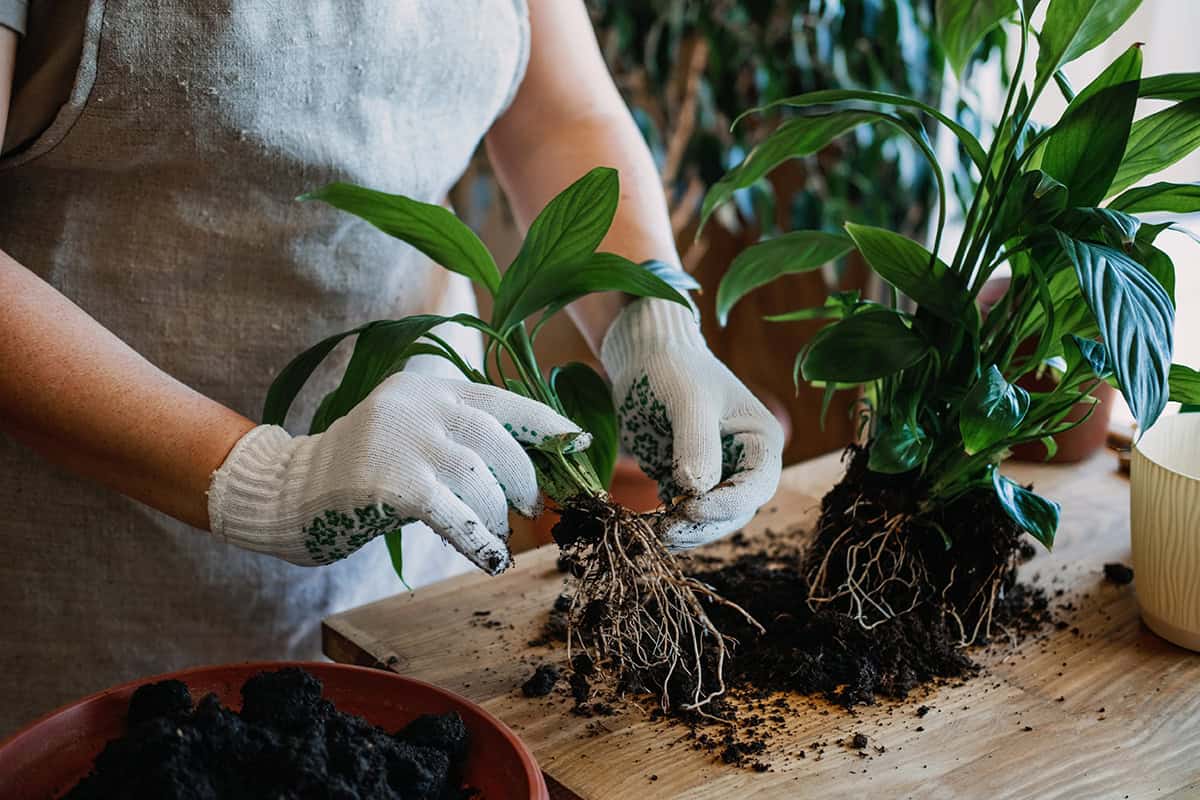
Repotting often involves working with plant roots. You may feel tempted to untangle or trim extensively. This disturbance can be problematic. Try to keep root manipulation minimal.
Roots are sensitive. Excess handling can damage them. It may disrupt the plant’s ability to absorb water and nutrients. Limit root exposure to air. This prevents drying out.
Keep soil moist during the process. It reduces stress on the roots. Apply gentle pressure to settle new soil around the root ball without compacting. Use a consistent yet careful hand.
If roots are dead or decaying, remove only these parts. Be cautious not to harm healthy roots. A careful approach helps maintain plant health. Your plant needs this stability for successful growth.
